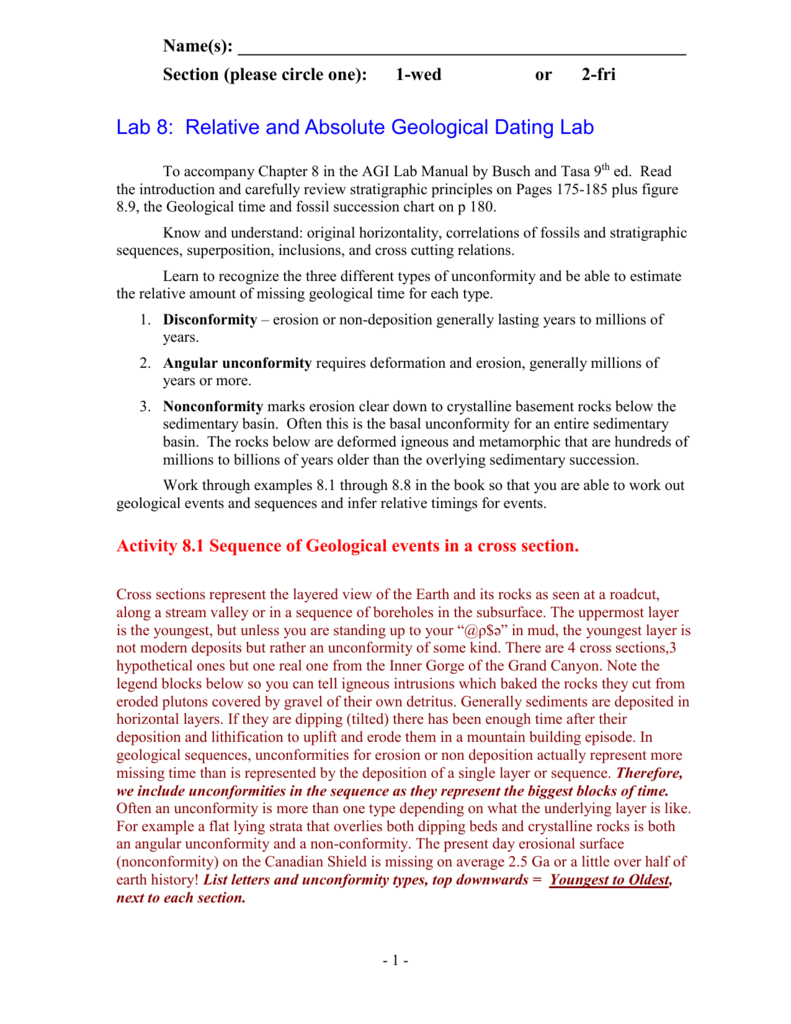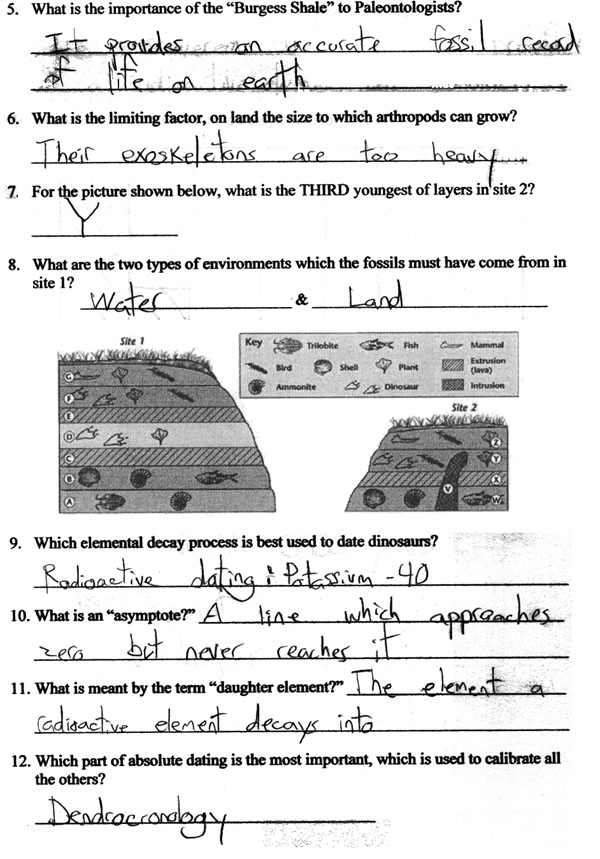- Sign Up for ReActions
- Beer-lovers shop
- Learning Goals
- In the Classroom
- Radioactive Dating: Looking at Half-Lives Using M&Ms
This activity would also be easy to adapt when talking about half-lives within a chemistry course. New information needed to be introduced with parent and daughter isotopes. Once students are in their groups, with supplies, and general directions are given, they are on their own for doing their runs.
They will do this 8 times. Once they are finished with their 8 runs, they will record their data on the class data table which can be on the board. Once all groups data is on the table, you can calculate the average for each run and determine a class average. Students should recognize each time the number should go down by appx half.
Then students take the class data and create a graph comparing the number of parent isotopes to the number of half-lives. Once this is done, students have some post questions they are given that they should record in their science notebook.
Sign Up for ReActions
The first post question caused some confusion: Why didn't each group get the same results? A lot of the students said because they shook the containers differently This was a new activity we implemented last tear. Radioactive decay and half-lives can be a very difficult concept for our 8th graders to grasp.
They not only enjoyed this activity, but they really gained a better understanding of it as well. I have attached my rubric, this is what I use for assessment. Students graph, post questions, and data table will be looked at.
Beer-lovers shop
Reuse Citing and Terms of Use Material on this page is offered under a Creative Commons license unless otherwise noted below. Click More Information below.
Kathleen Babich, South St. Provenance Created by the author of the page containing this file. The rate of decay is a fixed rate called a half-life. The half-life of a radioactive isotope refers to the amount of time required for half of a quantity of a radioactive isotope to decay. Carbon has a half-life of years, which means that if you take one gram of carbon, half of it will decay in years.
Learning Goals
Different isotopes have different half-lives. The ratio of the amounts of carbon to carbon in a human is the same as in every other living thing. After death, the carbon decays and is not replaced. The carbon decays, with its half-life of 5, years, while the amount of carbon remains constant in the sample. By looking at the ratio of carbon to carbon in the sample and comparing it to the ratio in a living organism, it is possible to determine the age of a formerly living thing. Radiocarbon dates do not tell archaeologists exactly how old an artifact is, but they can date the sample within a few hundred years of the age.
You might suggest that the students experiment with their graphing results to see if trends begin to form. Flows, Cycles, and Conservation Objectives Students try to model radioactive decay by using the scientific thought process of creating a hypothesis, then testing it through inference.
To define the terms half-life and radioactive decay To model the rate of radioactive decay To create line graphs from collected data To compare data To understand how radioactive decay is used to date archaeological artifacts Background Half-Life If two nuclei have different masses, but the same atomic number, those nuclei are considered to be isotopes.
In the Classroom
Have the students spill out the candies onto a flat surface. Have the students record the number of candies they returned to the bag under the next Trial. The students should move the candies that are blank on the top to the side — these have now decayed to a stable state.

The students should repeat steps 2 through 5 until all the candies have decayed or until they have completed Trial 7. Set up a place on the board where all students or groups can record their data. The students will record the results for 9 other groups in their data tables and total all the Trials for the candies NGSS Guided Inquiry Explain about radiation and half-lives of isotopes. Shake the bag and spill out the candies onto a flat surface.
Radioactive Dating: Looking at Half-Lives Using M&Ms
Record the number of candies you returned to the bag under the next Trial. Move the candies that are blank on the top to the side — these have now decayed to a stable state. Repeat steps 2 through 5 until all the candies have decayed or until you have completed Trial 7.
- my ex is on a dating site already.
- Half-Life : Paper, M&M’s, Pennies, or Puzzle Pieces - ANS.
- Context for Use.
- M & M Decay.
- absolute dating 2 day lesson plan;
Record the results for 9 other groups and total all the Trials for the candies. Do the number of atoms you start with affect the outcome? Did each group get the same results? Did any group still have candies remaining after Trial 7?
